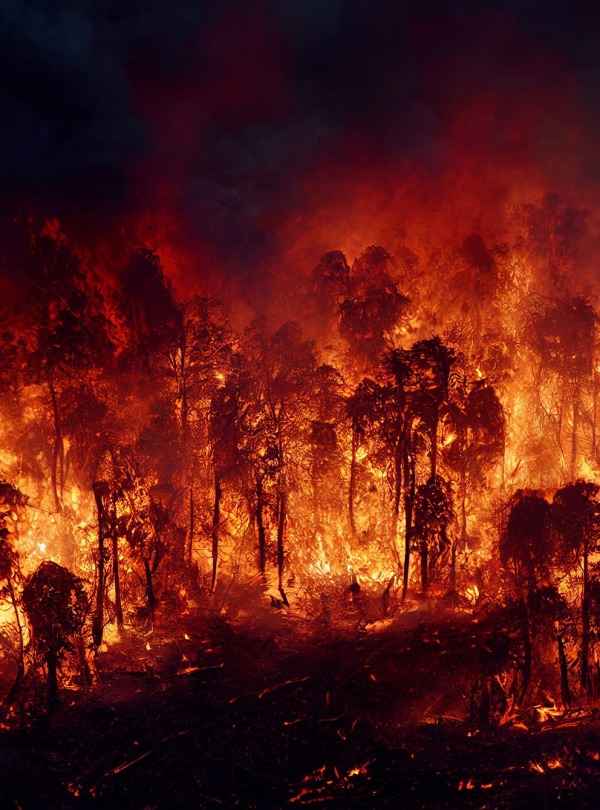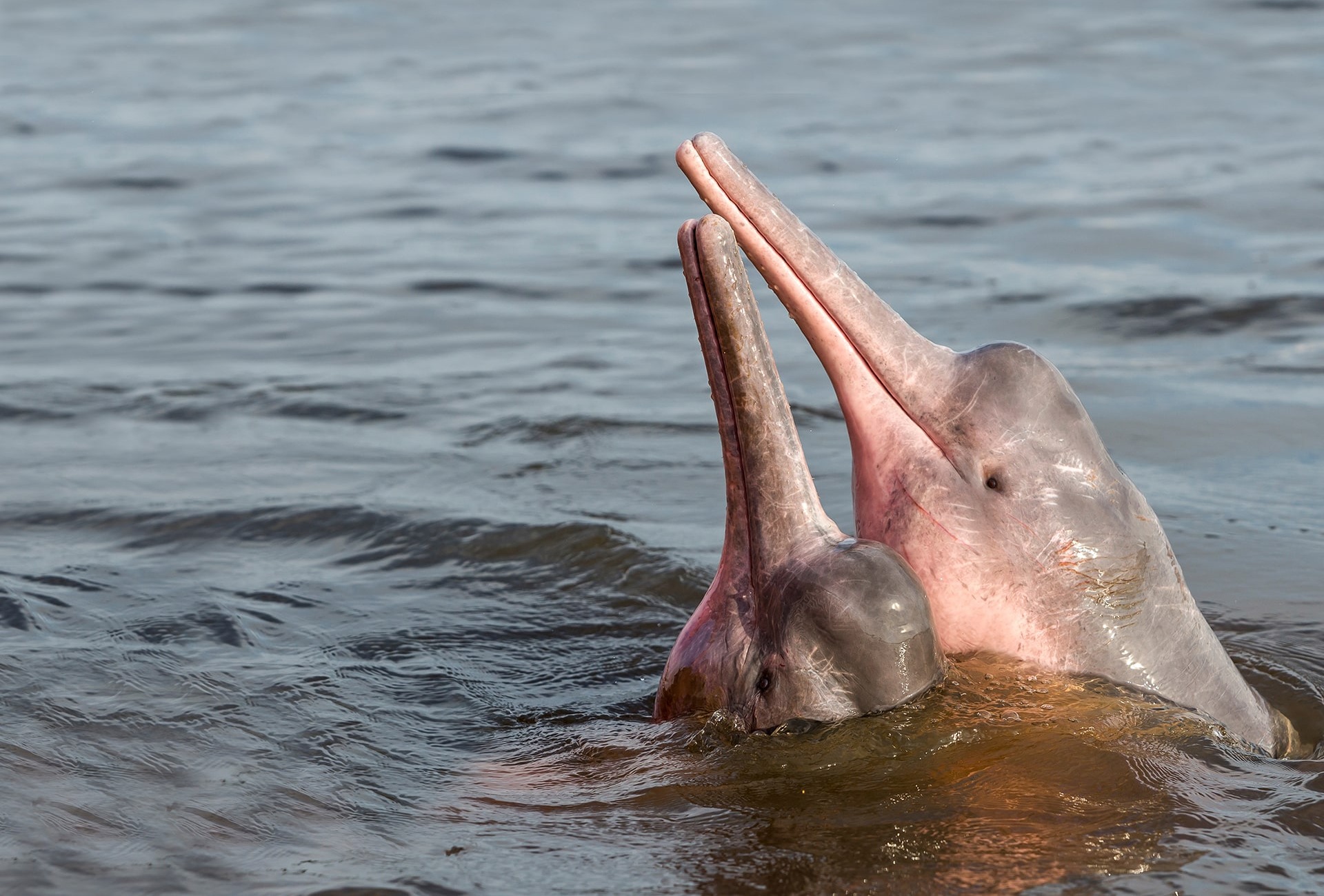
Safeguard Over 1 Million Acres in Brazil’s Flooded Forest
Support More Work Like ThisSupport More Work Like ThisUnregulated tourism and illegal land grabbing for mining, logging, agriculture and cattle ranching threaten millions of acres of Brazil’s Amazon.
-
Species at Risk
Wattled Curassow (EN), Giant Otter (EN), Black-faced Black Spider Monkey (EN), Amazon River Dolphin (EN), Tucuxi (EN)
-
Carbon stored
366,327,218 mT*
*(metric tons of CO2 equivalents) -
Partner
Instituto Internacional de Educação do Brasil
-
1,280,981 Proposed Acres Conserved by
Designation
-
Project Cost: $2,119,669
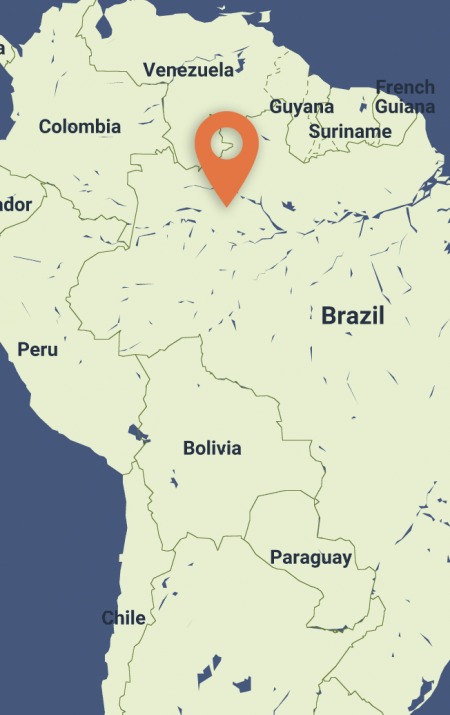
1,280,981
Unregulated tourism and illegal land grabbing for mining, logging, agriculture and cattle ranching threaten millions of acres of Brazil’s Amazon.
-
Species at Risk
Wattled Curassow (EN), Giant Otter (EN), Black-faced Black Spider Monkey (EN), Amazon River Dolphin (EN), Tucuxi (EN)
-
Carbon stored
366,327,218 mT*
*(metric tons of CO2 equivalents) -
Partner
Instituto Internacional de Educação do Brasil
-
1,280,981 Proposed Acres Conserved by
Designation
-
Project Cost: £1,682,276

1,280,981
More than 18% of the Amazon rainforest has been lost. If deforestation continues, the entire biome could soon reach a tipping point, transitioning to dry forest and savanna.
The lands traditionally inhabited by the Amazon’s Indigenous Peoples are the last and best hope for saving this magnificent and critically important rainforest. Deforestation rates on these lands are extremely low. Protecting them is essential to preventing the loss of the rainforest. And yet at least 141 million acres of Indigenous lands remain unprotected.
By keeping these forests intact, we also lock up 366,327,218 metric tons of CO2 equivalents, an amount equal to what would be emitted by more than 81.6 million gasoline-powered passenger vehicles driven for one year.
Rainforest Trust and our partner, Instituto Internacional de Educação do Brasil, will work with the government of Amazonas state to safeguard 1,280,981 acres of primary rainforest within the buffer area of the 2.5-million-acre Tefé National Forest Protected Area adjacent to Lake Tefé. These traditional territories will be legally designated to recognize the land tenure of the Indigenous communities there and strictly forbid the threats they now face.
Header photo: Amazon River Dolphin, by Coulanges
Discover Brazil’s flooded forest
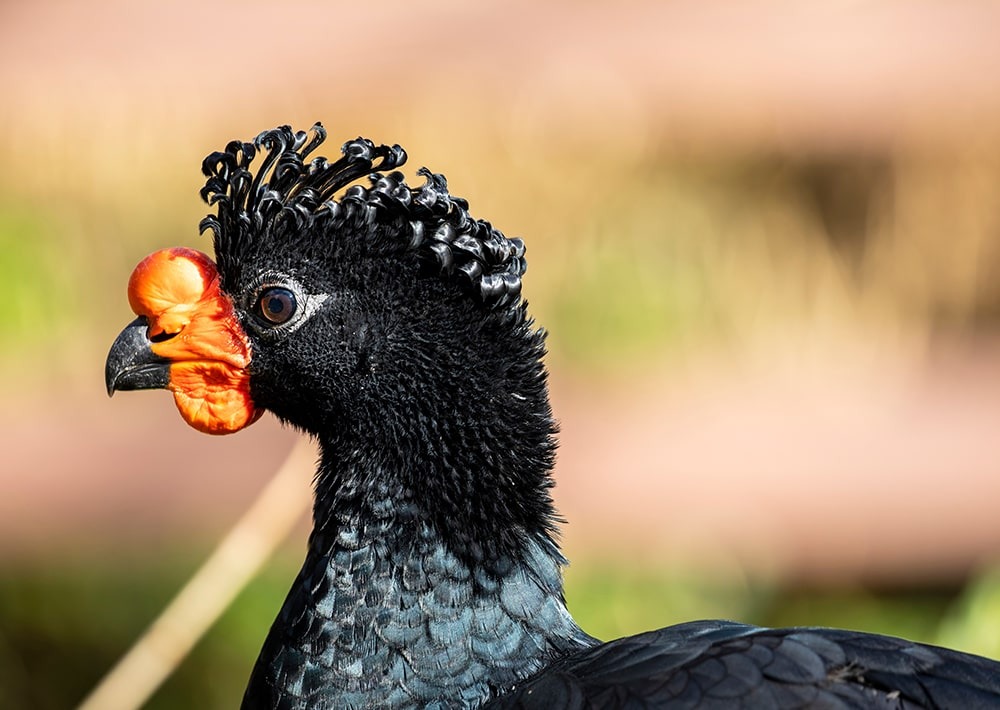
Wattled Curassow, by Danny Ye
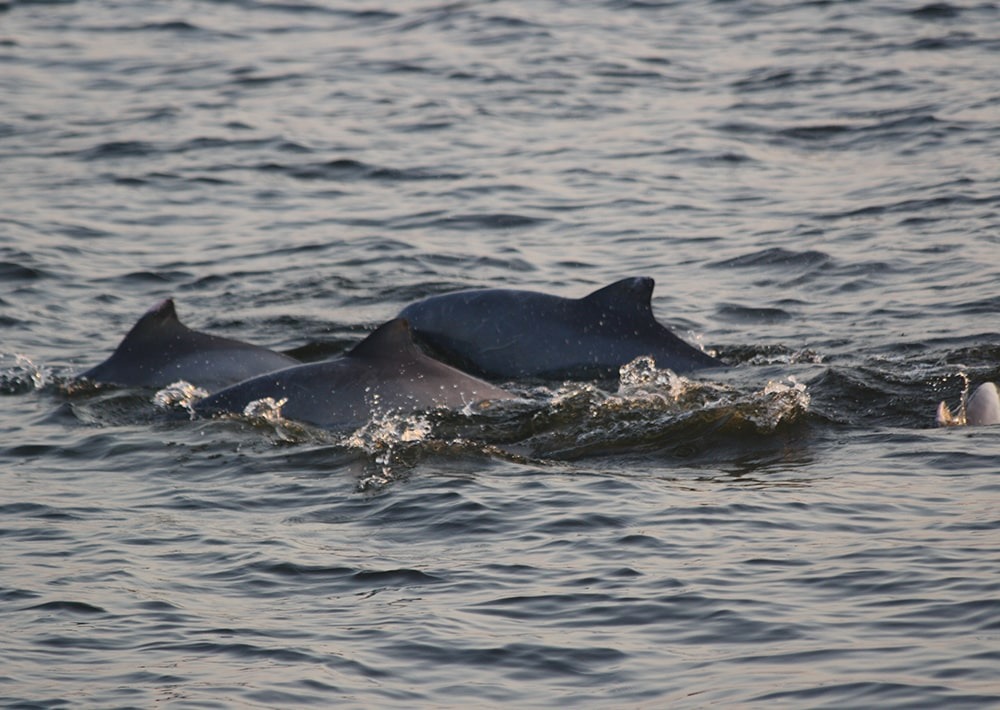
Tucuxi, by Stephen Horvath
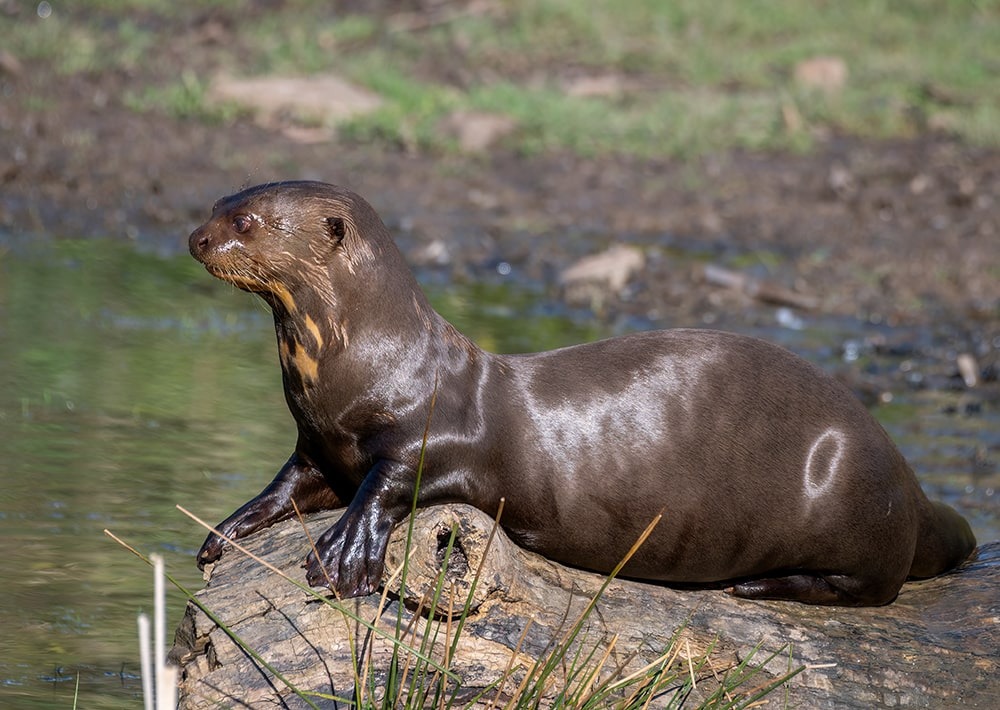
Giant Otter, by Ian Fox
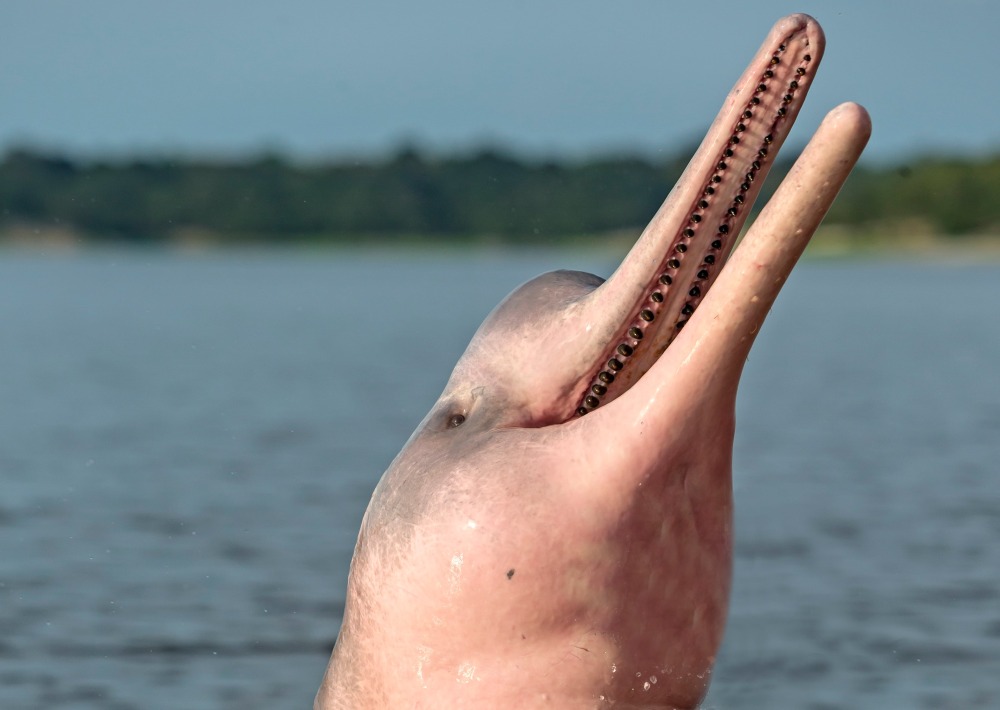
Amazon River Dolphin, by COULANGES
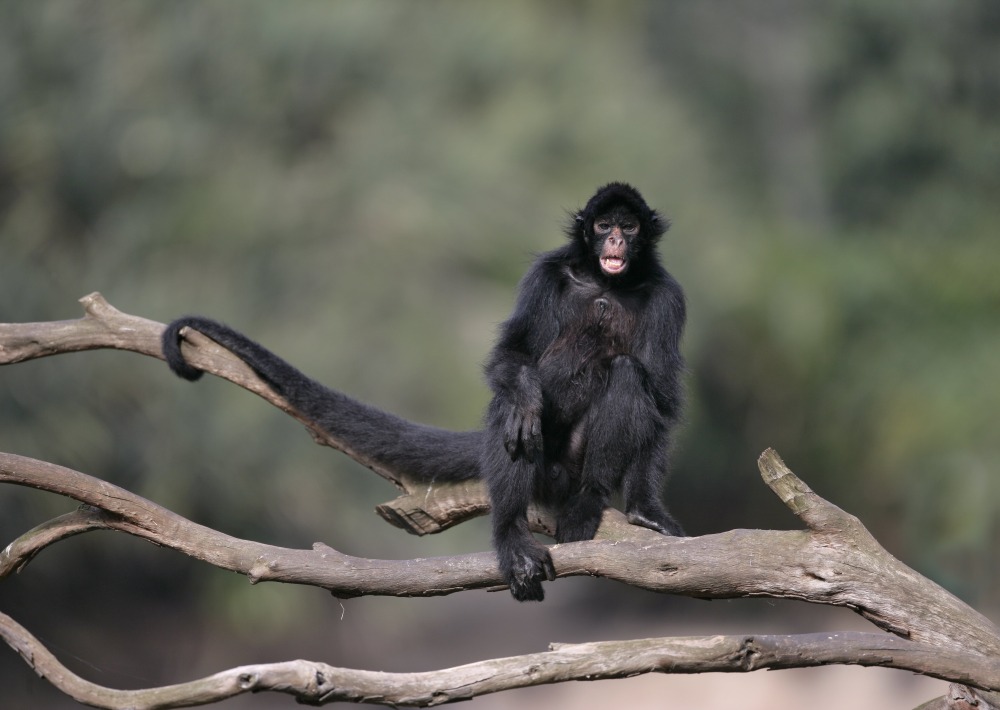
Black-faced Black Spider Monkey, by Mike Lane
Did you know? More than
metric tons of CO2 equivalents will be safeguarded by this project
Save Unique Species
Two species of dolphin—Amazon River Dolphin and Tucuxi or Gray River Dolphin—are among the many endangered species that rely upon the Lake Tefé region and its rainforest. Other endangered species found here include Wattled Curassow, Black-faced Black Spider Monkey and Giant Otter. This highly biodiverse region also shelters the Vulnerable Amazonian Manatee, the Harpy Eagle—one of the largest birds in the world—numerous threatened river turtles and the Vulnerable Spanish Cedar, one of the world’s most important commercial timber species.
Sustain Traditional Communities
For generations, traditional communities of fishermen, Brazilian nut gathers and rubber tappers have sustainably lived here. Their lives and livelihoods are increasingly threatened by criminal activities due to the lack of clear land ownership rights. Legal designation of these lands will grant land tenure to these traditional communities, protecting their lands from these threats.
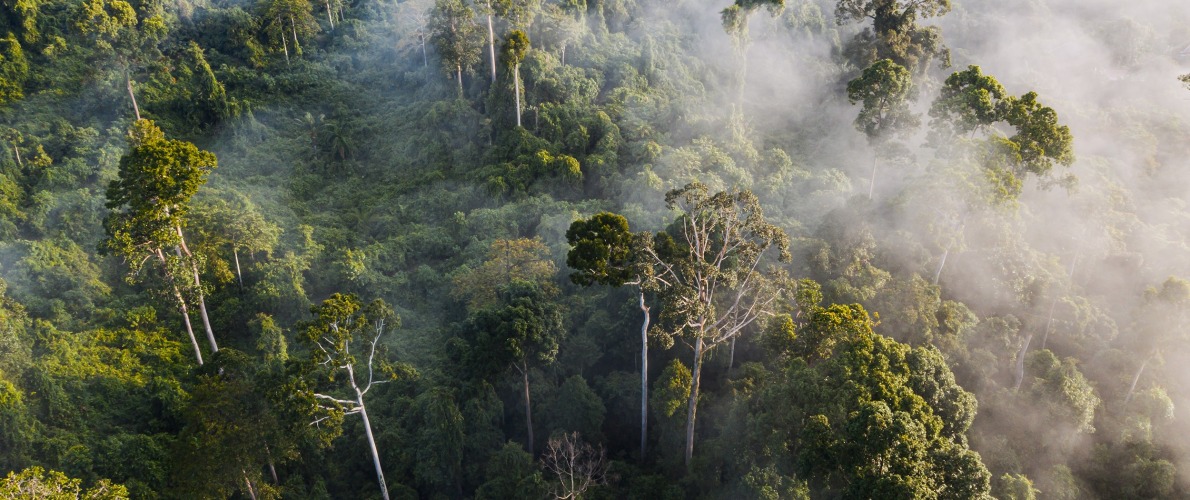
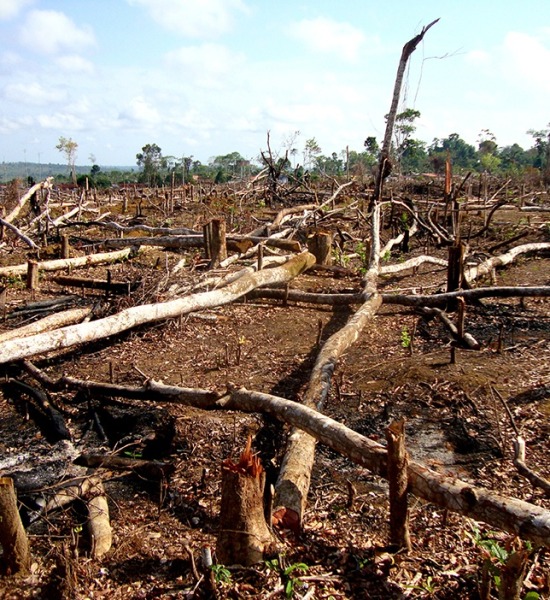
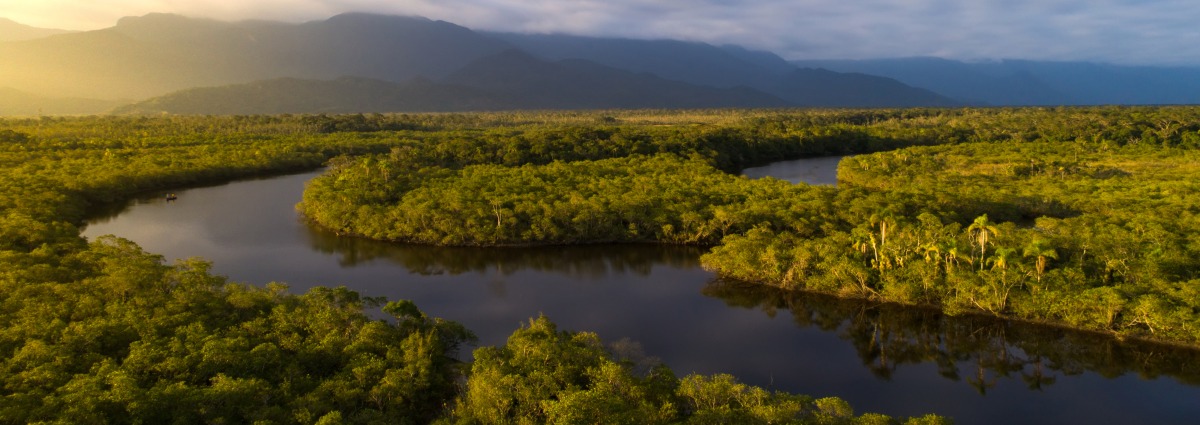
We Value Transparency.
Conservation work is critical, challenging, and can be costly. We work hard to ensure we raise only the funds needed for each project. In the rare case we raise more money than needed or a project comes in under budget, excess monies will be transferred to the Conservation Action Fund. This fund supports our important conservation work throughout the tropics.
Learn more about the Conservation Action FundLearn more about the Conservation Action Fund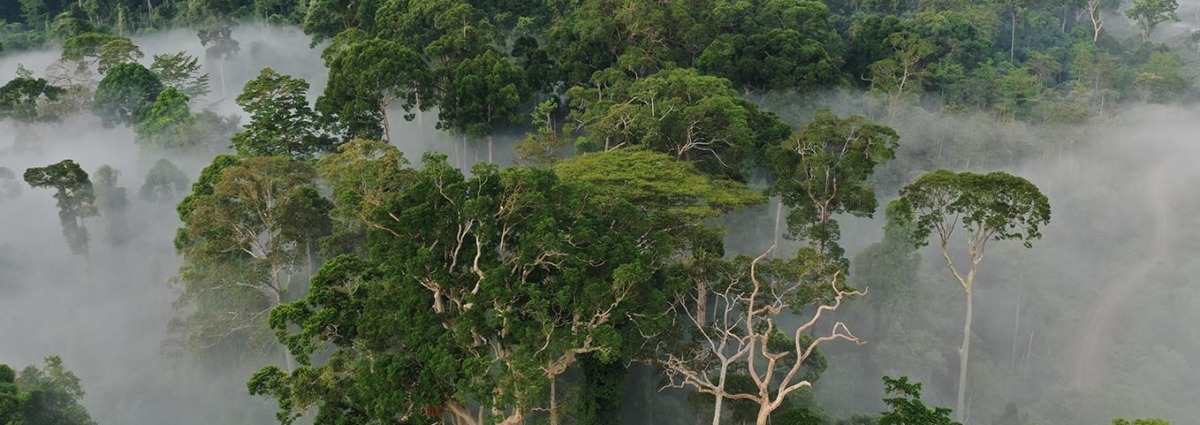
Partnering to Save Rainforest
Our partners’ ability to work with their governments and build strong connections with local communities ensures the successful implementation of our projects.
Learn More About This PartnerLearn More About This Partner
